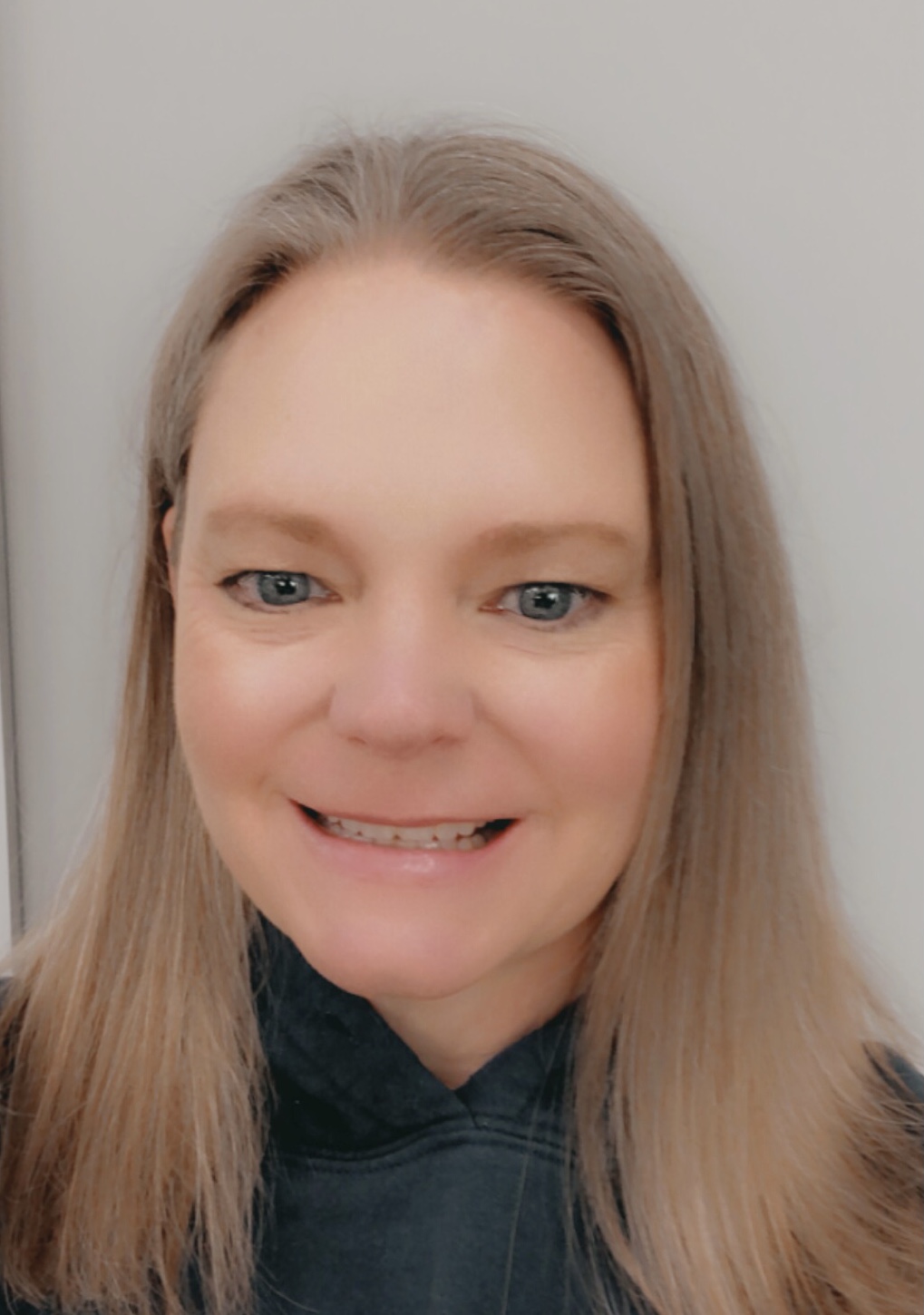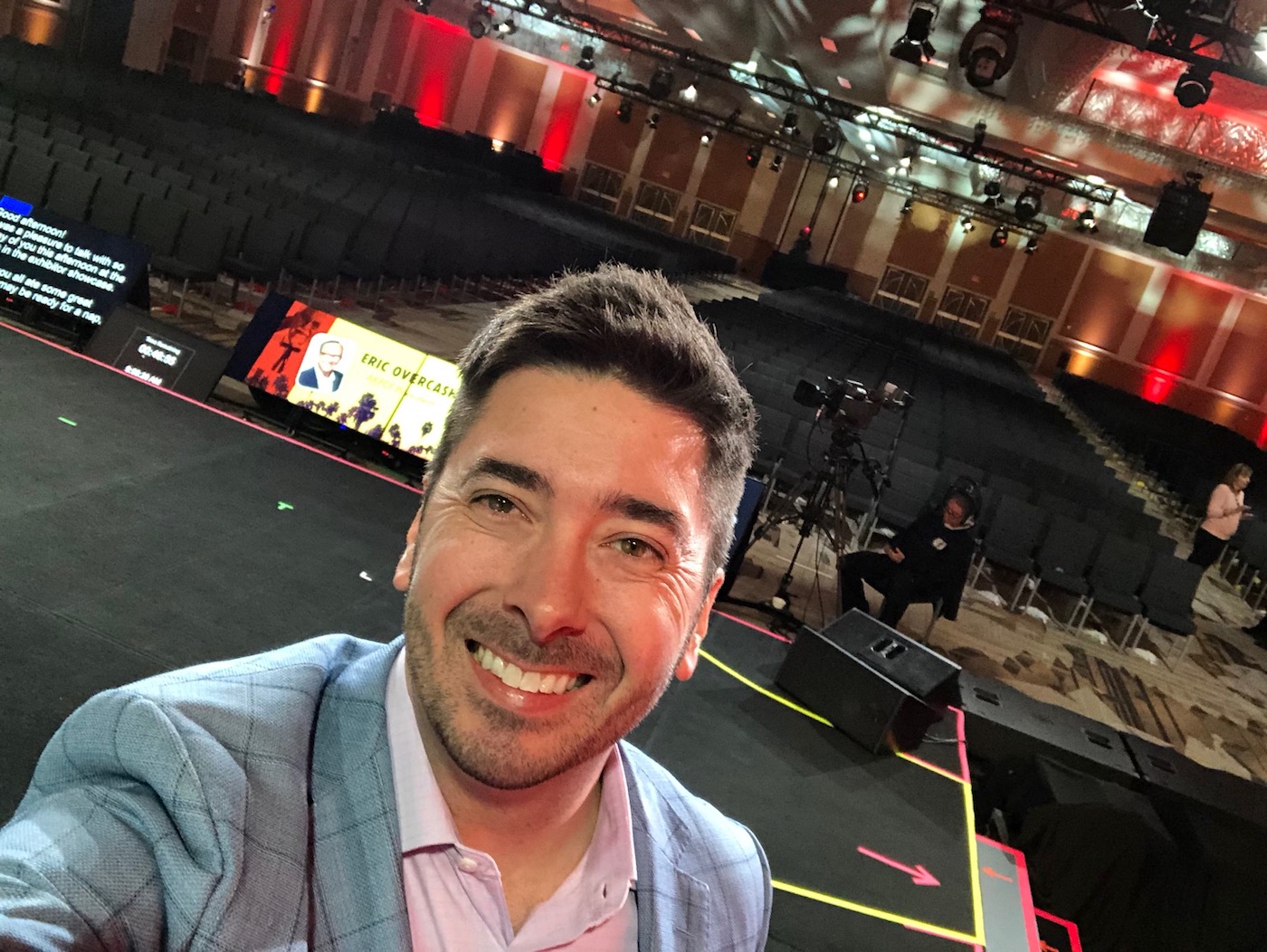Bridging the Learning Gap While Homeschooling
Covid threw many parents into the role of teacher. Although many schools have reopened to in-person learning across the country, some parents are still managing distance learning for their children. Parents also may still be struggling with a new normal that could include a mix of in-person and virtual learning or even trying to … Read more

 Español
Español




